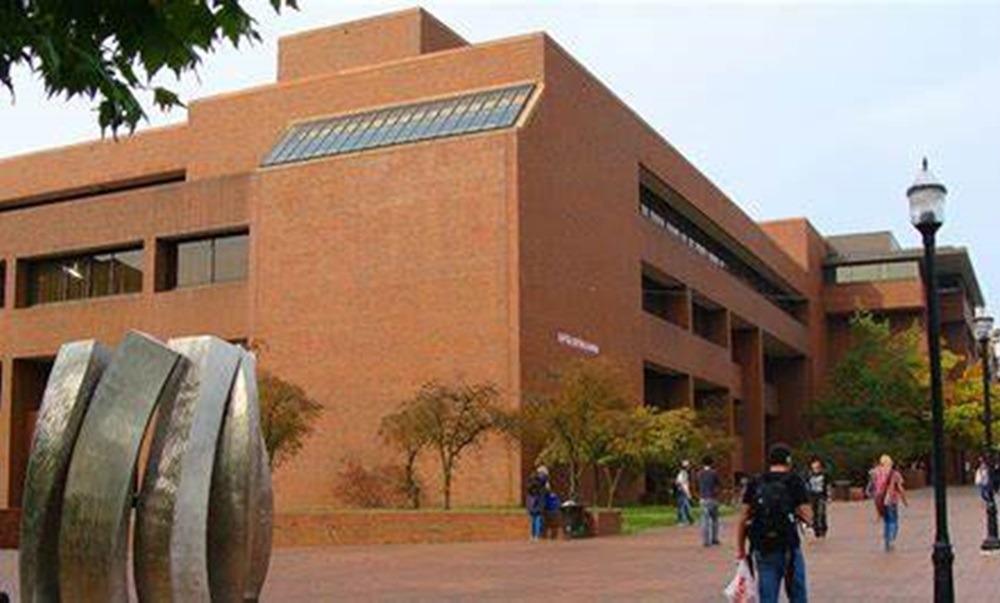Notorious delays in the release and processing of the “simplified” Free Application for Student Aid (FAFSA) application, COVID-related changes in post-secondary enrollment, and declining birth rates — all have created a cliffhanger for colleges this fall.
Nationally, FAFSA applications have dropped 11 percent this year, due to serious timing delays. Washington state, which historically trails the national average, has seen a 12 percent decline in FAFSA applications. The FAFSA application is required for most federal, state and institutional financial aid. With less access to financial aid, fewer students will likely enroll in post-secondary institutions this fall.
Consider the case of Wyatt Stephenson, who started at Mark Morris High School in Longview in 2020 during the peak of the pandemic. In his first two years he experienced fully online, hybrid, and classroom-based classes. In his third year, he transferred to a fully online program at Kelso Virtual Academy, where he graduated last spring.
In his final year of high school, Stephenson completed the FAFSA application. “There were so many different things to fill out so, many boxes and things. It was overwhelming and time consuming.” He applied to both public and private institutions “all up and down the I-5 corridor” so he could stay close to home. He received multiple acceptance letters and financial aid offers, but as he reviewed his options, he realized that none of those schools offered programs he wanted.
Stephenson now plans to attend Perry Technical Institute in Yakima and become an electrician. He applied late and is on a waiting list. He hopes to get a job and save money so he can rent an apartment when he starts his two-year degree program next year. Finances were not the primary reason Stephenson declined his college admission offers. “I would rather go to trade school, study for two years, and be able to start working and start getting my future going.” Stephenson’s parents both support his decision. His mother is a hairdresser, and his father remodels kitchens and bathrooms.
For some colleges, FAFSA-related challenges may contribute to enrollment declines that began during the pandemic. The National Student Clearinghouse reports that overall enrollments last year were down from pre-pandemic levels by about 6 percent (slightly less than 1 million students) despite a slight uptick in the 2023-24 school year.
Student Stephenson believes COVID-era learning benefited his educational experience. His grades in the first two years of high school were “solid,” but the online learning experience helped him “figure out what learning style was best for me. My best grades were when I was fully online and able to go at my own pace. I think, being able to manage myself works best for me, which I wouldn’t have known without COVID.”
He adds, “I was able to participate in most of the outside school stuff” associated with high school. “I would hang out with friends most days after they got out, and I went to the prom, and I’d go to the football games. But when my friends were in school, I could finish up early, and I could do my hobbies.”
Despite Stephenson’s belief that COVID did not influence his post-high-school plans, data from the National Center for Educational Statistics show broad changes in enrollment patterns that began during the pandemic. Enrollment dropped precipitously at small, tuition-dependent private schools, community colleges, and regional public universities. Many elite private and flagship public institutions have experienced enrollment increases.
The Washington Roundtable reported that enrollment at the state’s public four-year colleges dropped by about 11 percent from pre-pandemic numbers and technical college enrollments declined by 26 percent or more. The colleges in Seattle reflect national and state trends. Over the past five years, the University of Washington experienced enrollment growth of about 13 percent while the big losses occurred at community colleges (34 percent at Seattle Central College) and small private institutions (29 percent at Cornish College of the Arts).
The FAFSA delays may be temporary. The National College Attainment Network estimates almost 41 percent of seniors in comparatively higher-income high schools have completed the FAFSA, compared with only 33 percent of students in lower-income high schools. If highly selective colleges with low percentages of students who need financial aid receive fewer applications, they can simply make that up with their waitlists.
Some enrollment managers predict an eventual uptick in community college applications. At most community colleges, students can apply and complete the FAFSA just days before classes begin. Some students will wait until next year, when the FAFSA form has been refined and the pandemic further fades, to apply for college.
But next year promises to offer a different, and more precipitous enrollment cliff, due to demographics. Birth rates declined rapidly after the recession of 2008. Nathan Grawe predicts that the college-age population totals will drop by 15 percent between 2025 and 2029 and continue to decline for the rest of the century.
Multiple factors contribute to the “birth dearth.” The Pew Research Center found top reasons for not having children include medical and financial challenges as well as concerns about climate change and the general “state of the world.” By contrast, Washington may escape the worst of this “demographic cliff,” since it is one of a handful of states projected to have an increase (of about 4 percent) in the college-age population during that period.
Classes will begin soon. Hanging over the colleges are these critical questions: How many students will enroll? Will the triple threat of the FAFSA fiasco, COVID changes, and demographic declines result in classes that are too small to sustain financially?
Discover more from Post Alley
Subscribe to get the latest posts sent to your email.

Great information Sally